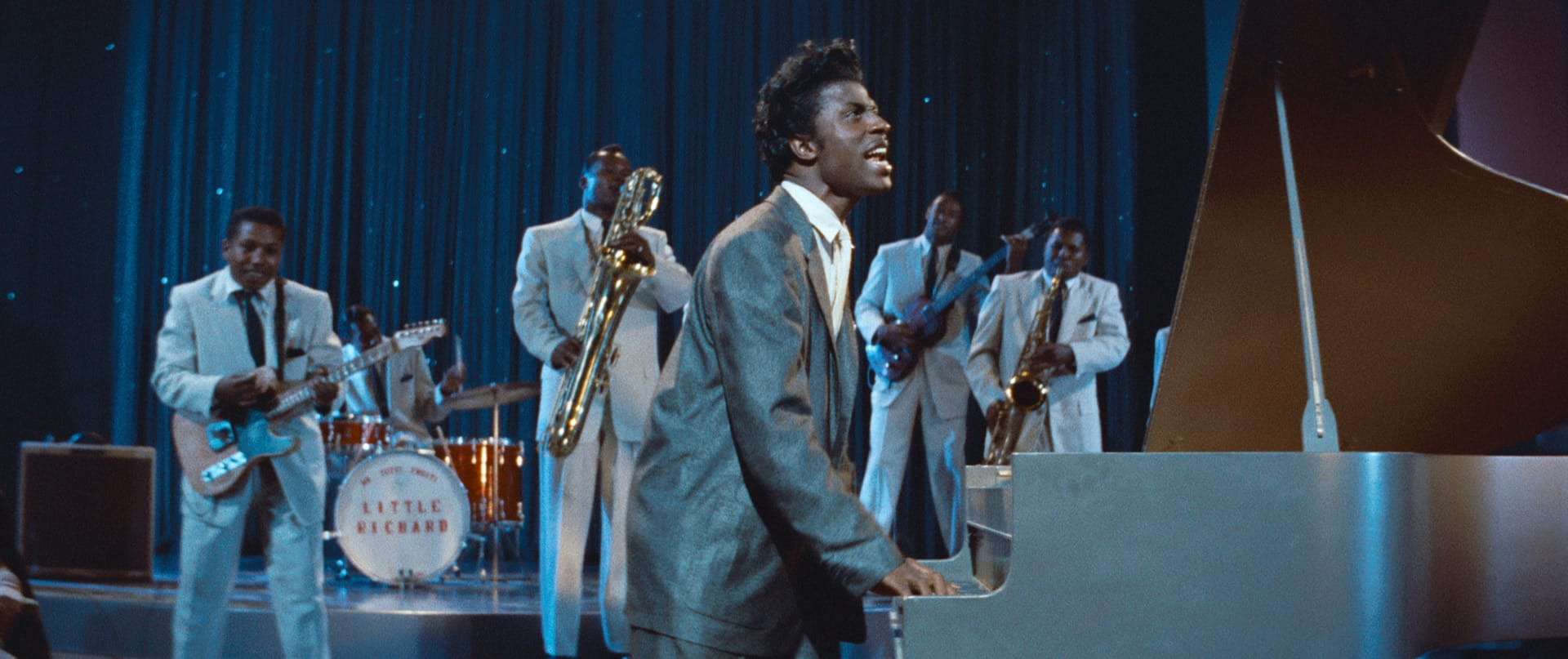The Girl Can’t Help It: The Fame Game

In 1958, two years after starring in Frank Tashlin’s comedy The Girl Can’t Help It, twenty-four-year-old actor Jayne Mansfield moved into a seven-bedroom Spanish colonial on Sunset Boulevard in Los Angeles that she called “the Pink Palace,” with stucco walls the color of a strawberry milkshake. The house was the stuff of interior-design legend from the moment Mansfield and her second husband, athlete turned actor Mickey Hargitay, hired set decorator Glenn Holse to cater to Mansfield’s every gaudy, plush, candy-coated whim. This meant covering the primary bathroom in floor-to-ceiling pink shag carpet and installing a giant heart-shaped swimming pool with the words “I Love You Jaynie” on the bottom in gold mosaic tile. Mansfield put marble cupid statues everywhere, along with duckling-soft fabrics and heart motifs and gauzy window treatments in shades of lavender, buttercream, hot magenta, cherry red, and yellow gold. The pile of Mansfield’s furry ivory living-room rug was so deep that her Chihuahuas regularly got stuck in it. It was like a Whitman’s Valentine’s sampler had exploded inside a spoiled little girl’s fantasy dollhouse. It was like a tube of hot-pink lipstick and a pair of fuzzy mirror dice had a mansion-size love child. It was like living inside the stomach of a stuffed animal. It was hideous. It was glorious. It pushed past “bad taste” and into the rarefied realm of full aesthetic commitment. Visitors to the Pink Palace reported feeling both ecstatic and nauseated by the space.
John Waters, who counts The Girl Can’t Help It among his favorite films of all time and a major influence on his own work as a filmmaker, once said that Tashlin “understood how beautiful bad taste could be.” Perhaps this implicit understanding is what drew the director and Mansfield together. As a duo, they made two triumphant works of splashily colorful kitsch (1957’s Will Success Spoil Rock Hunter?, in addition to The Girl Can’t Help It), a pair of effervescent midcentury comedies that remain acidly funny today because they ooze silly self-awareness. Just as Mansfield—who, despite allegedly having a genius-level IQ of around 160, was most commonly associated with the outrageous numbers of her costume measurements—was so in on the joke about her cream-cheese physique that she built a live-in temple to it, Tashlin also fully believed in doubling down on a bit. When he told Peter Bogdanovich in 1962 that “there’s nothin’ more hysterical to me than big-breasted women,” it was perhaps less an overtly sexist barb and more an acknowledgment that breasts are gold when it comes to exaggerated physical comedy simply because, well, there are two of them. Tashlin came from the cheeky cartoon world of Looney Tunes and Merrie Melodies, a world of saturated colors and oversize appendages and little birds flying around head wounds. He found his live-action muse in Mansfield, who knew how to push her proportions to their cartoonish limits. He also found in her a whip-smart performer, a gifted comedian who understood that her bustline and her laugh lines were not only intertwined but working in balletic tandem.







